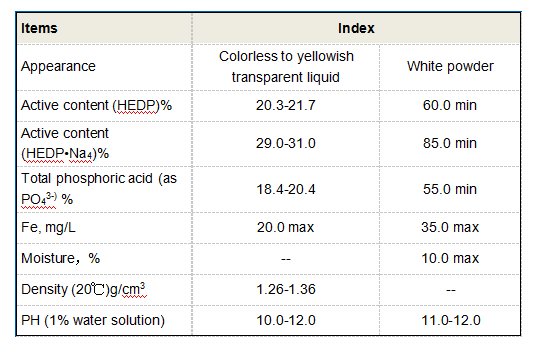isothiazolinones
Understanding Isothiazolinones Applications, Benefits, and Safety Concerns
Isothiazolinones have garnered significant attention in various industries due to their effective antimicrobial properties. These chemical compounds, which include widely used agents such as methylisothiazolinone (MIT) and chloromethylisothiazolinone (CMIT), are primarily employed as preservatives in cosmetics, personal care products, and industrial applications. While they offer numerous benefits, their use has raised safety concerns, prompting ongoing discussions about their regulation and the necessity for alternatives.
What Are Isothiazolinones?
Isothiazolinones are a class of heterocyclic compounds with a five-membered ring containing both sulfur and nitrogen. Their industrial relevance lies in their ability to inhibit the growth of bacteria, fungi, and algae, making them invaluable in preserving products from microbial contamination. These compounds are often used in conjunction with other preservatives to enhance efficacy and extend shelf life.
Common Applications
In the cosmetics and personal care industry, isothiazolinones are prevalent in products such as shampoos, conditioners, lotions, and makeup. They protect these products from spoilage and degradation, ensuring safety and longevity. Beyond cosmetics, isothiazolinones are also utilized in household cleaners, paints, and cooling systems in industrial settings, where microbial growth can lead to serious operational issues.
Benefits of Isothiazolinones
The primary advantage of isothiazolinones is their potent antimicrobial action, which allows for lower concentrations to be used compared to some traditional preservatives. This efficiency is crucial in formulating products that are both effective and safe for consumer use. Additionally, isothiazolinones are relatively inexpensive to produce, making them a cost-effective option for manufacturers.
isothiazolinones

In cosmetic formulations, they often allow for a broader pH range and improve product stability, which might otherwise be challenging with other preservatives. This versatility further increases their appeal among formulators aiming to meet diverse consumer needs.
Safety Concerns
Despite their advantages, the use of isothiazolinones has not been without controversy. Studies have indicated that these compounds can cause allergic reactions and sensitization, particularly methylisothiazolinone, which has been linked to increased incidents of allergic contact dermatitis. As a result, regulatory bodies in Europe and other regions have implemented stricter regulations concerning their concentration limits in consumer products.
The European Union, for instance, has restricted the use of MIT in leave-on products, and many manufacturers are reformulating their products to comply with these new guidelines. These changes highlight the importance of thorough safety assessments and the need for continued research into the potential long-term effects of isothiazolinones on human health.
The Future of Isothiazolinones
The future of isothiazolinones in consumer products is uncertain given the ongoing safety concerns. Manufacturers and formulators are increasingly seeking alternatives that retain antimicrobial efficacy without the associated risks. Natural preservatives, such as essential oils and plant extracts, are becoming more popular; however, their effectiveness and stability often vary, creating a need for further development.
In conclusion, isothiazolinones are essential tools in the fight against microbial contamination across various industries. While they provide significant benefits in terms of product preservation and safety, their potential health risks cannot be overlooked. As consumer awareness of ingredient safety increases, the industry must balance efficacy with safety, leading to innovative solutions that safeguard both products and users. Continued research and regulation will play crucial roles in determining the future use of isothiazolinones, ensuring that they meet safety standards while fulfilling the demands of modern consumers.
-
Understanding Polycarboxylic Acids: Properties, Applications, and Future PotentialNewsJul.28,2025
-
Scale Inhibitor Explained: How to Protect Your System from Limescale and Hard Water DamageNewsJul.28,2025
-
Scale and Corrosion Inhibitors: Essential Chemicals for Industrial Water System ProtectionNewsJul.28,2025
-
Polyaspartic Acid: A Biodegradable Polymer for Sustainable ChemistryNewsJul.28,2025
-
Isothiazolinones: A Versatile Antimicrobial Class with Industrial Power and Regulatory ChallengesNewsJul.28,2025
-
A Deep Dive into 2-Phosphonobutane-1,2,4-Tricarboxylic Acid (PBTC)NewsJul.28,2025





